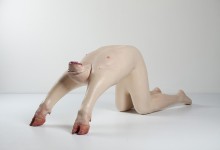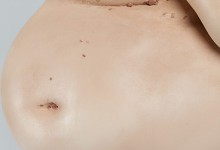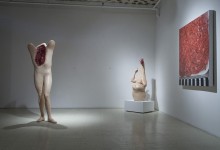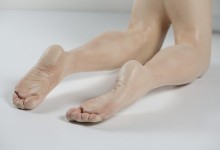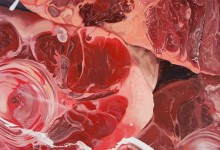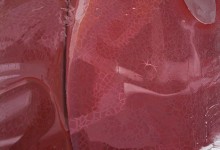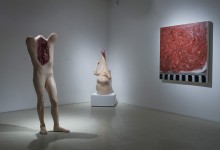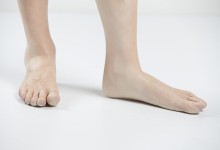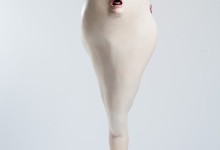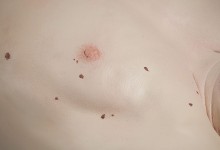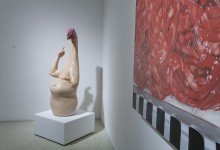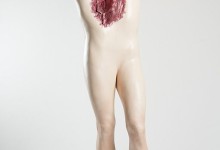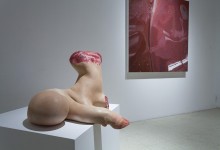Opening reception: March 9th from 3-5pm
Text by Danica Stamenic
Meat is not what it used to be. Both chemically (through the over-abundant use of hormones and antibiotics in the raising of livestock,) and conceptually, it has morphed under the banner of human development. The way meat is butchered, distributed, packaged, and marketed has been shifting steadily since the dawn of industrialized farming, to the point where the product that many of us now consume has little apparent connection to anything that once lived and died.
Bevan Ramsay’s work lies at the intersection of nature and how we experience it within the neat packaging of contemporary society. Several years ago, Ramsay began snapping photographs of meat in grocery stores. In 2011, during a yearlong stay in India, he continued this investigation of meat and began to focus on the way cultural and economic factors inform our response to meat. Translating these images into photorealistic paintings, Ramsay began a meditation on meat as an object of both beauty and disgust— simultaneously a product of nature and civilization.
Ramsey’s lens zooms out in Soft Tissue, which features a series of sculptures that fuse cast moldings of pigs, cows, and human body parts into highly ‘lifelike’ forms, expertly riffing on an anatomical continuity. Headless, splayed, and drained, they have made the transition from animal to meat. That these carcasses are the product of the artist’s imagination does not discredit their unsettling ability to spark our recognition. Despite their impossible fusions, each sculpture seems to fit comfortably (if a corpse can look comfortable) within this new world of Ramsay’s invention. The bodies form their own internal logic. Ramsay emphasizes the materiality of flesh through fat, blood, and surface imperfections. It creates unity out of chaos by joining human and animal in his hybrid forms. But flesh is also what connects us to the animals we eat—through the nourishment they provide, and the shared fate of our soft tissue.
Bevan Ramsay’s meaty busts avoid one single philosophical framework. This is not a clever ethical commentary, not “you are what you eat.” Instead, Soft Tissue leaves the door open to a multiplicity of responses. The roots of our relationship to meat are, after all, personal and deep. Rather than try to tackle these constructs directly, Soft Tissue pulls us in, demanding first a visceral response from each viewer. From horror to humor, attraction to repulsion, what exists from there on out is entirely up to us.


